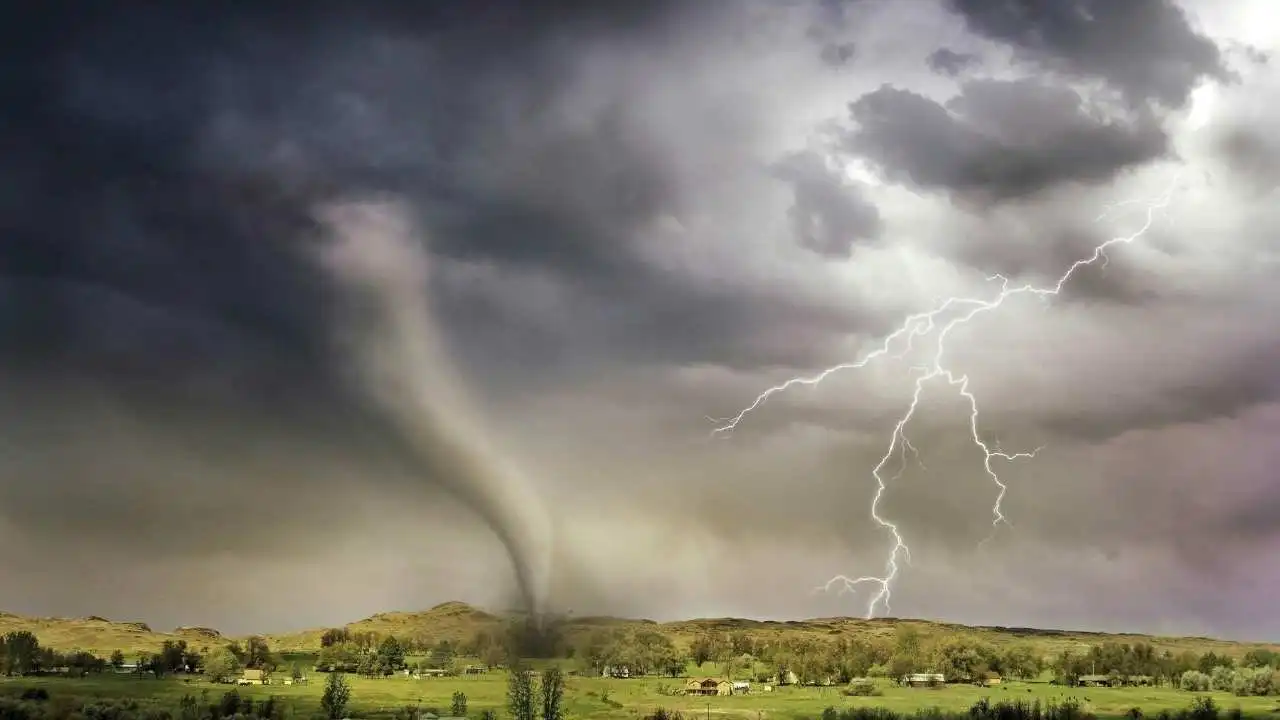These bird moms lay their eggs in other species’ nest, and never come back for them

The intriguing behavior of cowbirds has long fascinated researchers and bird enthusiasts alike. These birds have a unique reproductive strategy, known as brood parasitism, where they lay their eggs in the nests of other bird species and rely on those unsuspecting hosts to raise their young. While this may seem like a cunning and heartless act, cowbirds have evolved to thrive in this way.
Recent research has shed new light on the behavior of cowbirds after they leave the nest. Contrary to previous beliefs, it turns out that cowbird chicks do not reunite with their biological mothers after being raised by other bird species. Instead, they find their way to other cowbirds and learn the ropes from them. This discovery challenges our understanding of how cowbirds navigate the world without the guidance of their genetic parents.
Cowbirds, unlike some other brood parasites like cuckoos, do not harm their host siblings physically. However, they do compete for food and resources, potentially putting the host family’s offspring at risk. This dynamic adds another layer of complexity to the already fascinating world of brood parasitism.
Researchers have also discovered that juvenile cowbirds may not necessarily reunite with their biological mothers before migrating south. Instead, they seem to find and follow unrelated adult cowbirds, possibly drawn to their similar plumage and distinctive calls. This behavior highlights the resilience and adaptability of cowbirds in finding their place in the world.
While some may view cowbirds’ breeding strategy as cold or opportunistic, it is simply a part of their natural behavior. Cowbirds play a vital role in the ecosystem, just like any other species, and their unique reproductive strategy is a testament to their evolutionary success. As researchers continue to unravel the mysteries of cowbirds’ behavior, we gain a deeper appreciation for the complexities of the avian world.
In conclusion, cowbirds may be misunderstood by some, but they are an integral part of the natural world. Their ability to adapt and thrive in diverse environments showcases the resilience of these fascinating birds. As we continue to study and learn more about cowbirds, we gain valuable insights into the intricate dynamics of bird behavior and evolution.




